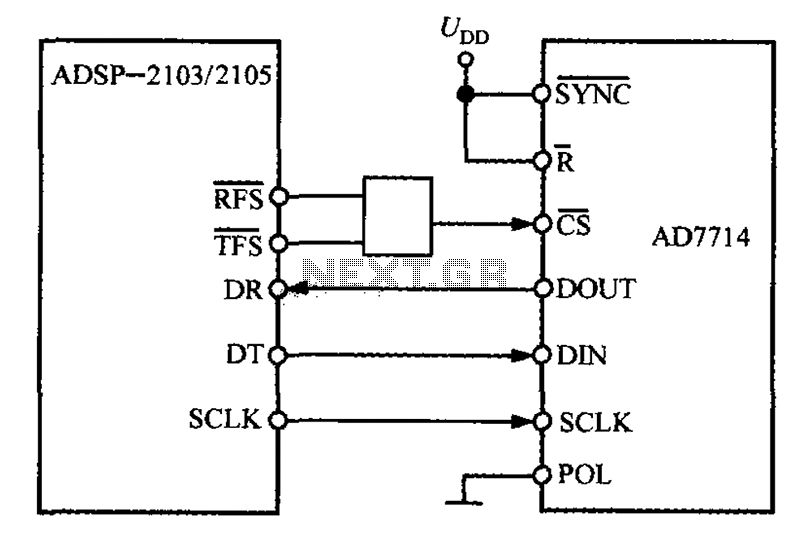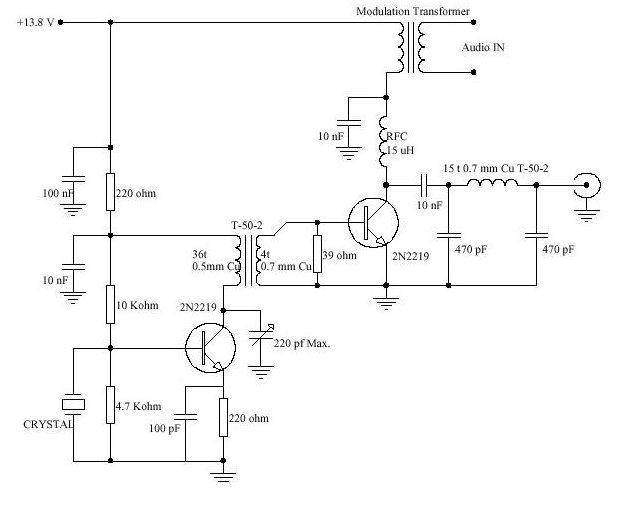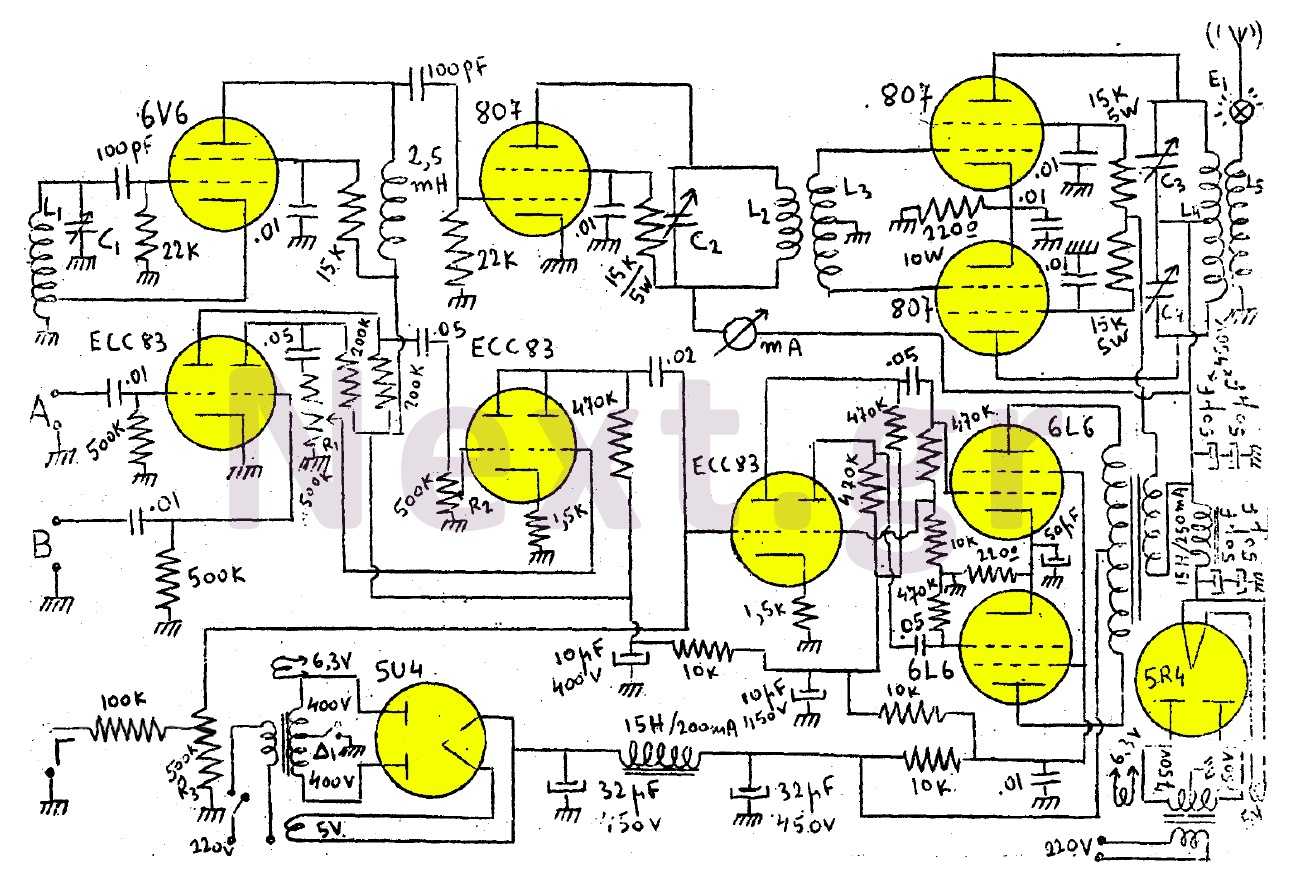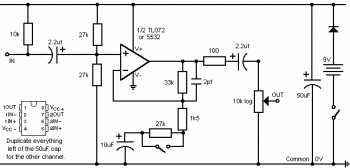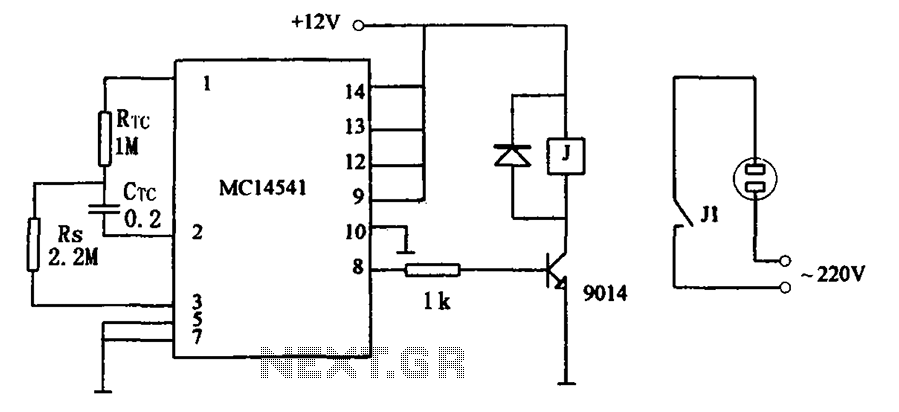
Having 50 input output impedance wideband video amplifier OPA676 circuit
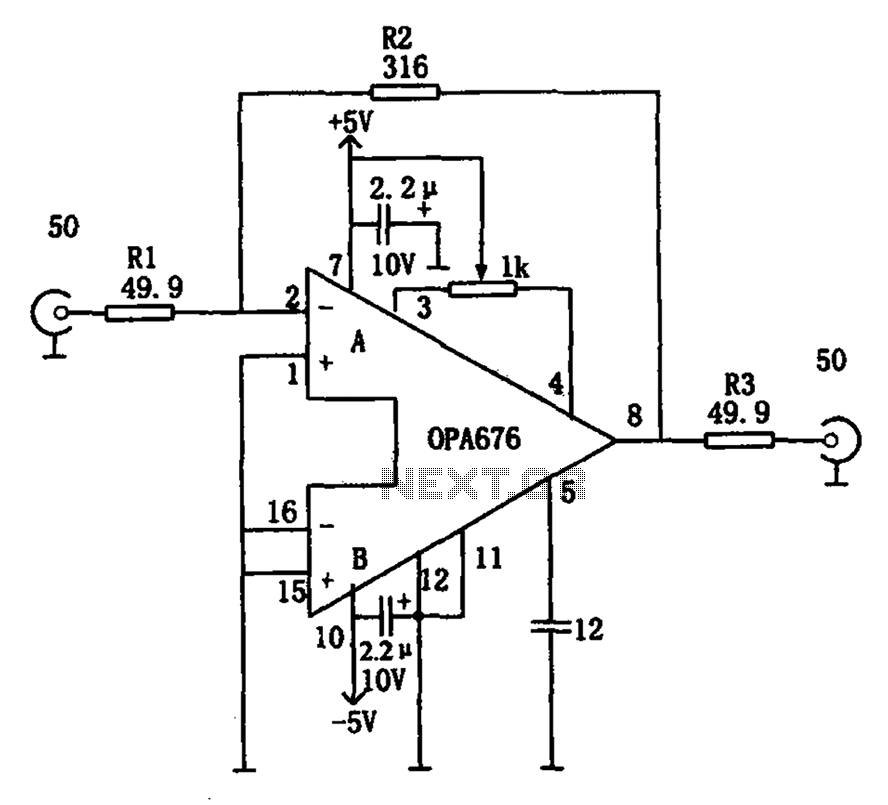
The circuit features a broadband video amplifier with a 50-ohm input/output impedance. To ensure optimal signal transmission and minimize reflected signals, it is often necessary to match the input and output impedances of the amplifier.
The broadband video amplifier circuit is designed to operate effectively within a frequency range suitable for video signals, typically from 5 MHz to several GHz. The 50-ohm impedance is a standard in RF and video applications, ensuring compatibility with various transmission lines and components.
The amplifier circuit consists of several key components. At the input stage, a matching network may be employed to ensure that the signal from the source is effectively coupled to the amplifier without significant loss or reflection. This network can include resistors, capacitors, and inductors configured to provide the necessary impedance transformation.
Following the input stage, the active amplification element, often a transistor or operational amplifier, is utilized to boost the signal level. The choice of the active device directly impacts the amplifier's bandwidth, gain, and linearity. Proper biasing of the active device is crucial to maintain stability and performance across the desired frequency range.
The output stage of the amplifier also requires careful design to ensure that the output impedance remains at 50 ohms. This can be achieved through additional matching networks or by selecting components that inherently provide the necessary impedance characteristics.
Overall, the design of a broadband video amplifier with a 50-ohm input/output impedance involves careful consideration of component selection, circuit topology, and matching techniques to achieve high performance in signal transmission while minimizing reflections and losses. As shown in Fig having a 50 input/output impedance of broadband video amplifier. In order to achieve a match signal transmission, reducing the reflected signal, often require i nput and output impedance are 50 wideband video amplifier. An amplifier can achieve the above requirements As shown in FIG.
The broadband video amplifier circuit is designed to operate effectively within a frequency range suitable for video signals, typically from 5 MHz to several GHz. The 50-ohm impedance is a standard in RF and video applications, ensuring compatibility with various transmission lines and components.
The amplifier circuit consists of several key components. At the input stage, a matching network may be employed to ensure that the signal from the source is effectively coupled to the amplifier without significant loss or reflection. This network can include resistors, capacitors, and inductors configured to provide the necessary impedance transformation.
Following the input stage, the active amplification element, often a transistor or operational amplifier, is utilized to boost the signal level. The choice of the active device directly impacts the amplifier's bandwidth, gain, and linearity. Proper biasing of the active device is crucial to maintain stability and performance across the desired frequency range.
The output stage of the amplifier also requires careful design to ensure that the output impedance remains at 50 ohms. This can be achieved through additional matching networks or by selecting components that inherently provide the necessary impedance characteristics.
Overall, the design of a broadband video amplifier with a 50-ohm input/output impedance involves careful consideration of component selection, circuit topology, and matching techniques to achieve high performance in signal transmission while minimizing reflections and losses. As shown in Fig having a 50 input/output impedance of broadband video amplifier. In order to achieve a match signal transmission, reducing the reflected signal, often require i nput and output impedance are 50 wideband video amplifier. An amplifier can achieve the above requirements As shown in FIG.
